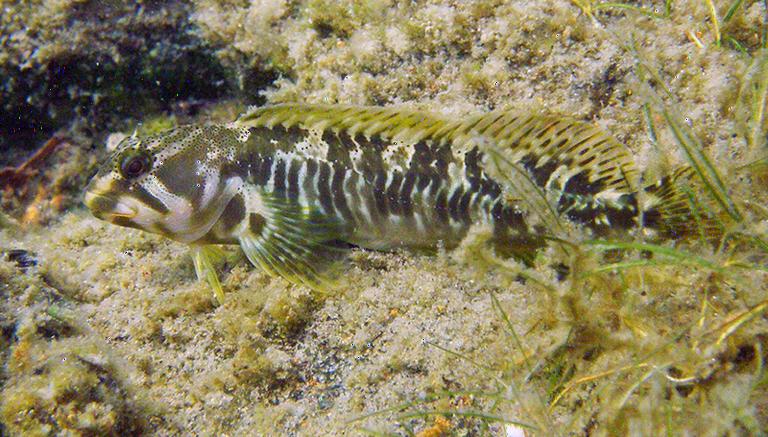
Are you passionate about evolutionary biology and freshwater biodiversity? Be part of our project and help us uncover the hidden paths that fish species have taken to colonize and diversify in the stunning perialpine lakes of Europe.

The twin perialpine lakes Thun (left) and Brienz (right) in Switzerland are home of a rich fish diversity and several endemic species of chars (Salvelinus) and whitefishes (Coregonus). Photo: Carmela Dönz.
Backgroundand context
The Alps are one of the most breathtaking landscapes in Europe. Shaping the scenery we see today in the Alps is a complex of alpine and perialpine lakes, from very tiny and shallow to very large and deep lakes, such as Lake Geneva (area of 580 Km2 and 310 m deep) or Lake Como (area of 146 Km2 and 425 m deep). These lakes were carved out by retreating glaciers after the Last Glacial Maximum (LGM; 10–15 thousand years ago). Despite being young systems, these lakes are inhabited by a very rich and unique fish diversity, with more than 100 native species of fish, of which at least 30% are single-lake endemics. This high level of endemism is explained by multiple and rapid in situ ecological speciation events (adaptive radiations).
While we know that the fish community of the perialpine lacustrine system was assembled very recently, we lack the information of when in time each lake was colonized and when in situ speciation took place. This information is critical to help us to understand the fundamental ecological and evolutionary processes that have shaped this unique biodiversity as well as to make better predictions on how the organisms might respond to ongoing human pressure and climate changes. This is particularly relevant given that around 30–50% of the fish endemic species in the perialpine lakes has been lost through extinction since the few past centuries due to human activity.

The adaptive radiation of whitefish species (Coregonus)in Lakes Thun and Brienz resulted in several lake endemic species. Photos: Eawag, Oliver Selz.
Objectivesand goals
The main objective of the internship is to reconstruct evolutionary relationships among fish species native to the perialpine lakes, calibrate phylogenies, and estimate times of colonization and speciation.
Materialsand methods
The student will use an existing database on DNA barcode sequences of fish species from the perialpine lakes. The student will also complement this dataset by compiling DNA sequences from publicly available databases (e.g. GenBank, iBOL).
Based on this data, the student will reconstruct phylogenetic trees and estimate divergence and colonization times for the fish communities of multiple lakes.
Studentrequirements
We are looking to find students with a particular interest in European freshwater biodiversity, evolutionary biology, phylogenetics, and bioinformatics.
References
Alexander T & Seehausen O. 2021. Diversity, distribution and community composition of fish in perialpine lakes. "Projet Lac" synthesis report. Eawag: Das Wasserforschungsinstitut des ETH-Bereichs. https://doi.org/10.55408/eawag:24051
Jardim de Queiroz L et al. 2022. Climate, immigration and speciation shape terrestrial and aquatic biodiversity in the European Alps. PRSB, https://doi.org/10.1098/rspb.2022.1020.
Vonlanthen P et al. 2012. Eutrophication causes speciation reversal in whitefish adaptive radiation. Nature, https://doi.org/10.1038/nature10824.